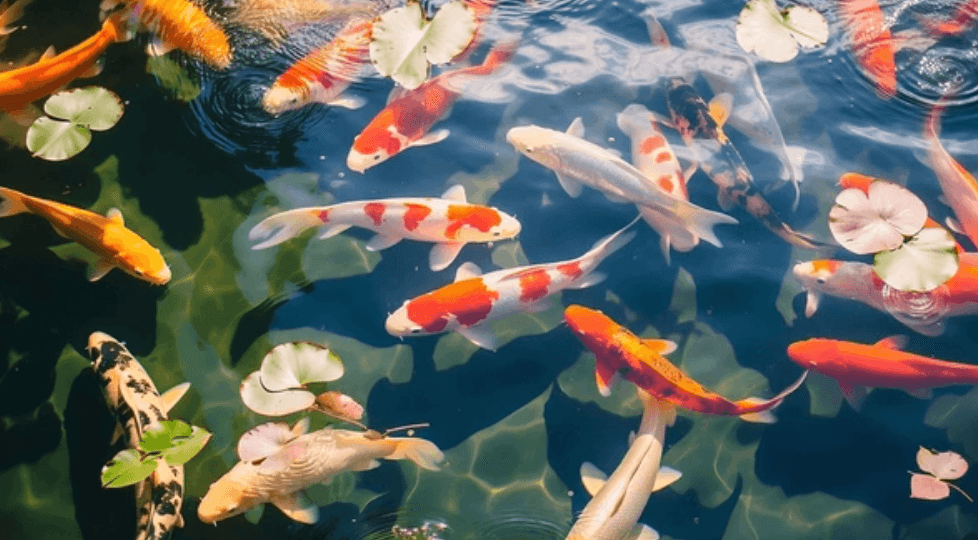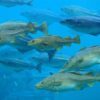Introduction: Fisheries biologists play a critical role in shaping policies that affect the management and conservation of aquatic resources. Their scientific expertise and understanding of aquatic ecosystems are vital in crafting regulations that balance ecological health with human needs. This blog post explores how fisheries biologists can influence policy making and why their involvement is crucial.
Key Areas of Influence:
- Sustainable Fisheries Management:
- Fisheries biologists provide data and insights that are essential for developing sustainable fishing quotas, size limits, and seasonal restrictions. These regulations help ensure that fish populations are harvested responsibly, promoting long-term ecological balance and the economic stability of fishing communities.
- Habitat Conservation:
- Biologists work to identify critical habitats that need protection and recommend conservation strategies to maintain or enhance these areas. Their recommendations can lead to the establishment of marine protected areas, habitat restoration projects, and policies that minimize pollution and habitat disruption.
- Species Protection:
- Through their research, fisheries biologists help identify species that are at risk of extinction or are otherwise vulnerable. This information is crucial for the enactment of protective measures, such as listing species under endangered status, which triggers legal protections and recovery initiatives.
- Policy Advocacy and Advisory Roles:
- Fisheries biologists often serve as advisors to governmental and international bodies, providing scientific advice that shapes broad policy decisions. Their expertise ensures that policies are based on the latest scientific knowledge rather than solely on economic or political considerations.
- Public Education and Outreach:
- By engaging with the public, media, and educational institutions, fisheries biologists help raise awareness about the issues facing aquatic environments. This public engagement is often critical in gaining support for policy changes and in promoting sustainable practices among stakeholders, including consumers and recreational fishers.
Challenges in Policy Influence:
- Communicating Science: One of the biggest challenges for biologists is translating complex scientific data into clear, actionable policy recommendations that can be easily understood by policymakers and the public.
- Political and Economic Pressures: Fisheries biologists often face challenges from political and economic interests that may conflict with scientific recommendations, particularly in areas heavily dependent on commercial fishing and aquaculture.
Strategies for Effective Policy Engagement:
- Building Strong Networks: Creating partnerships with other scientists, conservation organizations, and policy advocates can strengthen the influence of fisheries biologists in policy discussions.
- Enhancing Communication Skills: Developing strong communication skills helps biologists effectively convey their findings and persuade a broad audience of the importance of science-driven policy.
- Continuous Education and Adaptation: Keeping up-to-date with the latest research and policy developments enables biologists to remain relevant and influential in policy debates.
Conclusion: Fisheries biologists are essential actors in environmental policy making, where their expertise can lead to more informed and effective management of the world’s aquatic resources. Their involvement ensures that policies not only support sustainable economic interests but also protect and preserve the ecological health of aquatic environments.
Case Study: The Restoration of the Chesapeake Bay Blue Crab Fishery
Background: The Chesapeake Bay is the largest estuary in the United States and has historically supported a vibrant blue crab fishery. However, by the early 2000s, the blue crab population faced significant declines due to overfishing, habitat loss, and water quality issues. This prompted a collaborative effort among fisheries biologists, environmental groups, and government agencies to devise a strategy to restore and sustain the crab population.
Role of Fisheries Biologists: Fisheries biologists conducted extensive research to understand the life cycle, habitat needs, and population dynamics of the blue crab. Their studies revealed critical insights into the spawning behaviors of female crabs and the environmental conditions necessary for larval crab survival. This information was crucial in shaping the management strategies that were later implemented.
Policy Impact: Based on the findings from scientific research:
- Regulation Changes: Biologists recommended changes to fishing regulations that included new size limits, restrictions on the harvest of female crabs, and seasonal closures to protect the spawning stock.
- Habitat Restoration: They also advocated for efforts to restore and protect the seagrass beds in the Bay, which are vital nursery habitats for juvenile crabs.
- Water Quality Initiatives: Recognizing the impact of water quality on crab populations, biologists pushed for policies aimed at reducing pollution runoff into the Bay.
Outcomes:
- Population Recovery: The collaborative efforts led to a significant recovery in the blue crab population, ensuring the sustainability of the fishery and the economic benefits it brings to the region.
- Policy Model: The successful restoration of the Chesapeake Bay blue crab fishery became a model for other fisheries facing similar challenges, demonstrating the effectiveness of science-driven policy in fisheries management.
- Ongoing Monitoring: Fisheries biologists continue to monitor the blue crab population and adapt management strategies as necessary, ensuring the fishery remains resilient against future environmental changes and economic pressures.
Conclusion: The restoration of the Chesapeake Bay blue crab fishery is a prime example of how fisheries biologists can significantly influence policy and management decisions. Their expertise not only helped revive a critical species but also ensured the sustainable use of a valuable natural resource, balancing ecological health with economic interests.









Add comment